As if the Russian political barometer hasn’t fallen low enough, news comes that it has yet to reach the bottom of the glass. Official symbolism is a reliable indicator of trends, and an announcement by Georgi Filimonov this week marks a new low. Filimonov, recently appointed as governor of Vologda province, plans to erect a life-sized statue of dictator Joseph Stalin in the provincial capital. Not to denounce him but to “commemorate” him.
Probably, Putin always had an admiration for Stalin
Decades have passed since Nikita Khrushchëv spread the word in the Soviet Union that Stalin was a despot and a mass killer. Mikhail Gorbachev and Boris Yeltsin expanded the story to cover the millions who died at his hands. Even Vladimir Putin used to acknowledge that those hands were the most bloodstained in Russia’s history since Ivan the Terrible.
The proposed celebration in Vologda is not just a local initiative. Filimonov is Putin’s appointee. He made his name working in the presidential administration in Moscow and would not dream of doing something likely to annoy his patron. In many ways, he’s a Putin clone. Putin loves to practise judo, at least when his back is not giving him grief, and the young and dynamic Filimonov is an exponent of martial arts.
Putin’s people sometimes try out disturbing ideas not in Moscow, but in the Russian provinces. In 2017, a school in Krasnodar was named in honor of the founder of the Soviet political police, Felix Dzerzhinski. This is the same Dzerzhinski whose statue outside the KGB’s headquarters was pulled down by anti-communist demonstrators shortly before the collapse of the USSR in 1991. A new Stalin monument would be an even more shocking affront to democratic opinion in Russia, and the authorities have decided to test the waters. Previously, Putin asked for Stalin to be remembered in Janus-faced mode: Stalin the great war leader and Stalin the bloody purger. The barometer is now telling us that he wants the emphasis to rest upon Stalin’s record of leadership in the “Great Patriotic War.”
Even without turning to Vologda’s artistic community, Filimonov will have no difficulty in getting hold of a suitable bronze artifact. Warehouses have busts and statues of Stalin in their thousands. I remember going to Tampere in Finland in the mid-1980s where the Lenin Museum had dozens of busts of Lenin. Why dozens? Because nearly every Soviet delegation to the Finnish city brought along a physical reproduction of the long-dead Soviet leader. The Finns, who in that period were committed to their policy of geopolitical neutrality, did not wish to cause offense by refusing presents. In the back rooms there were piles of Lenins, including one made entirely out of a vast sugar brick — I recall that it was donated by one of the USSR’s confectionery factories.
Not all the Stalin statues were melted down under Khrushchëv, Gorbachev and Yeltsin. Some were put on display in a park in central Moscow in the 1990s. Originally, this was done to sustain awareness of the ruthlessness and pomposity of communist rule. Most visitors went in a spirit of ridicule or of bitter nostalgia.
A Vologda commemoration would be a very different matter. Stalin had a personal connection to the city. Situated in the Russian far north, it is one of the places where Czar Nicholas II sent revolutionaries like him into “administrative exile.” His future foreign minister Vyacheslav Molotov was another communist who spent time there. Molotov, who was less inclined to sit around like Stalin studying Marxist texts or writing ill-tempered letters, earned an extra few roubles by forming a musical group which performed in local restaurants.
But Vologda truly owes nothing to Stalin or Molotov. In the 1930s, the northern provinces, cold and inhospitable in the winter, were designated for the spread of labor camps. Timber felling was cheaply industrialized by the use of expendable slave labor. What the great novelist and anti-communist campaigner Alexander Solzhenitsyn called the Gulag Archipelago had many islands of brutal incarceration in the region.
What are the Putinites up to in edging Stalin back towards respectability? Especially since annexing Crimea in 2014, the Russian state has systematically sought to remold attitudes among the Russian people. Whereas schoolchildren were once taught that Russians were the world’s most peace-loving nation, the Ministry of Education nowadays puts the emphasis on army skills for boys and girls as part of their war readiness. For adult viewers, TV shows eulogize spies and military commanders, past and present. Although Putin initially in 2022 refused to call his invasion of Ukraine a war, he is regularly praised as having the virtues of a supreme commander-in-chief.
The latest historical textbooks tell of Stalin’s wartime wisdom with less and less attention to his disastrous failure to anticipate Hitler’s Operation Barbarossa in 1941. Approved Russian authors ignore Stalin’s meat-grinder approach to warfare. Perhaps millions of his own citizens lost lives or limbs because of his way of fighting the Great Patriotic War of 1941-45. But that is the war that understandably continues to rally universal approval in today’s Russia. The conflict began with a series of crushing defeats for Stalin’s army and air force, which were not the invincibles that he had liked to claim. But by 1945, they were raising the hammer and sickle flag over the roofs of the Reichstag, and Stalin became the figurehead of victory.
It is not hard to see why the governor of a distant Russian province might want to dust off a life-sized Stalin bronze at this time. The war in Ukraine has not gone as well as Putin originally led Russians to expect. Probably, he always had an admiration for Stalin. His KGB elite training gave courses on how Stalin triumphed over both the Third Reich militarily and the Western powers diplomatically in 1941-45. Putin is not Stalin’s avatar. He is a capitalist dictator and not a communist one. But he shares Stalin’s hatred of the West and wants his people to feel that there is light at the end of the tunnel of the Ukraine bloodbath. An idealizing provincial monument for the mustachioed Generalissimus is a help for the cause.
This article was originally published on The Spectator’s UK website.



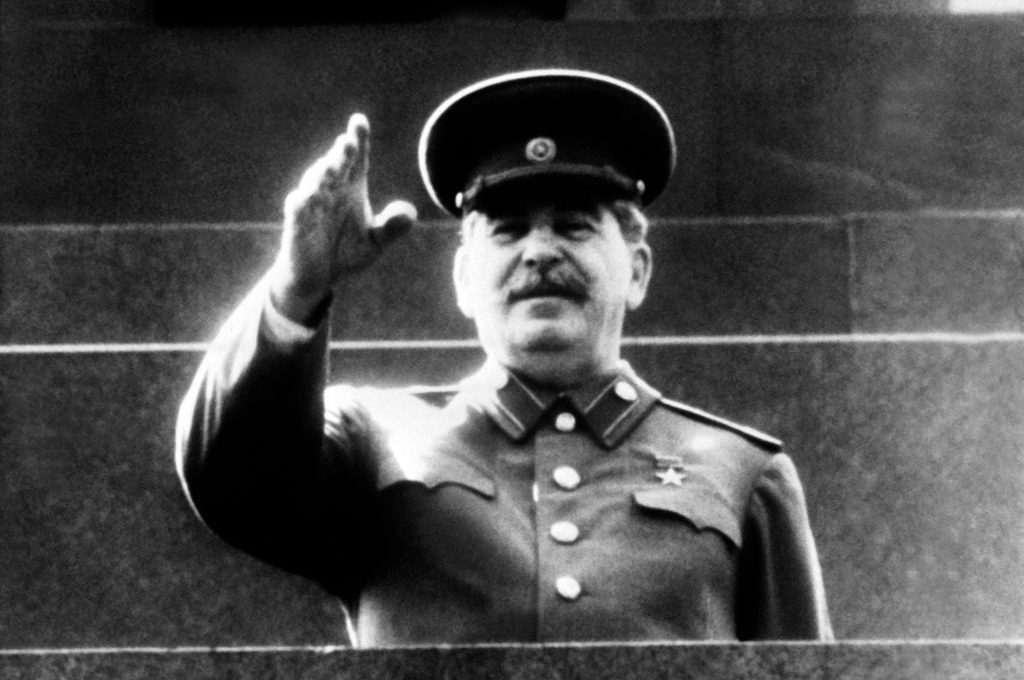






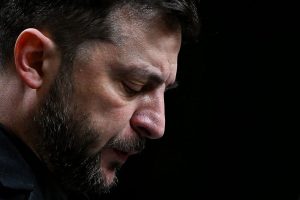
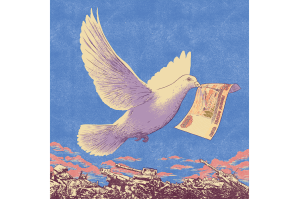
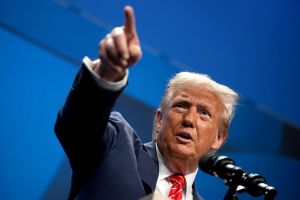
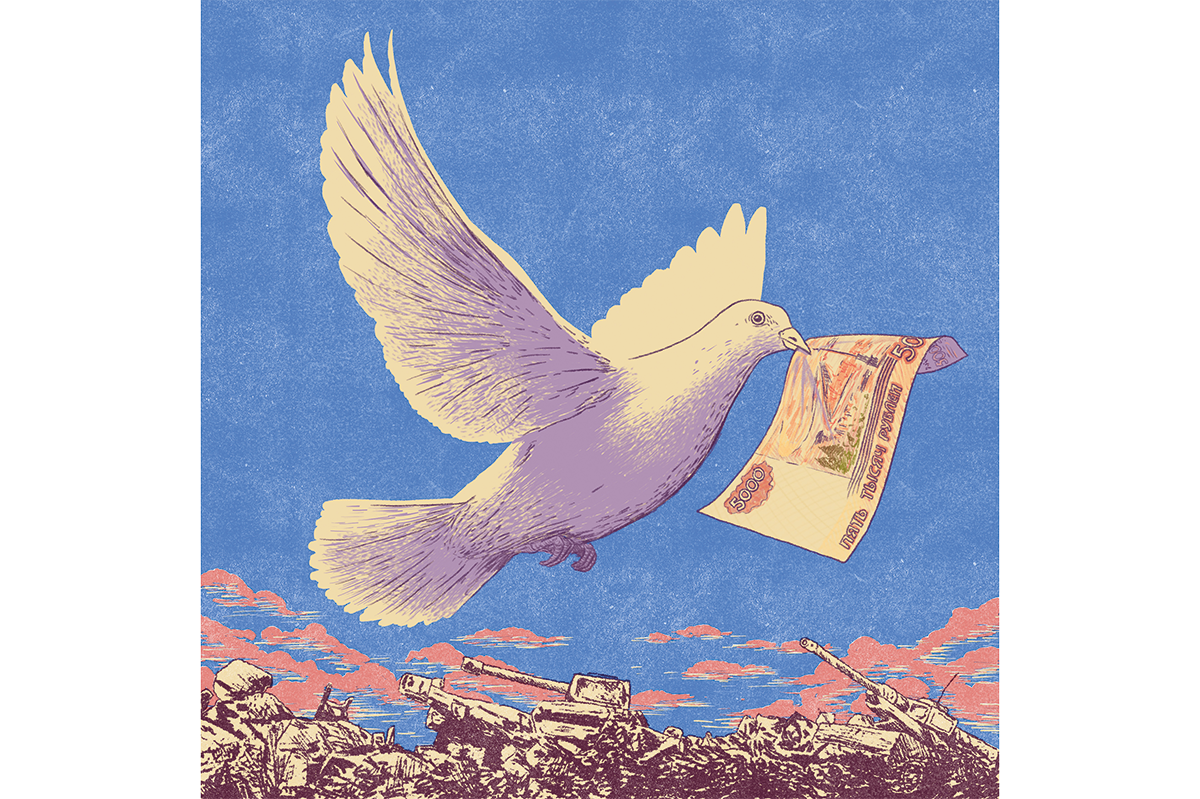
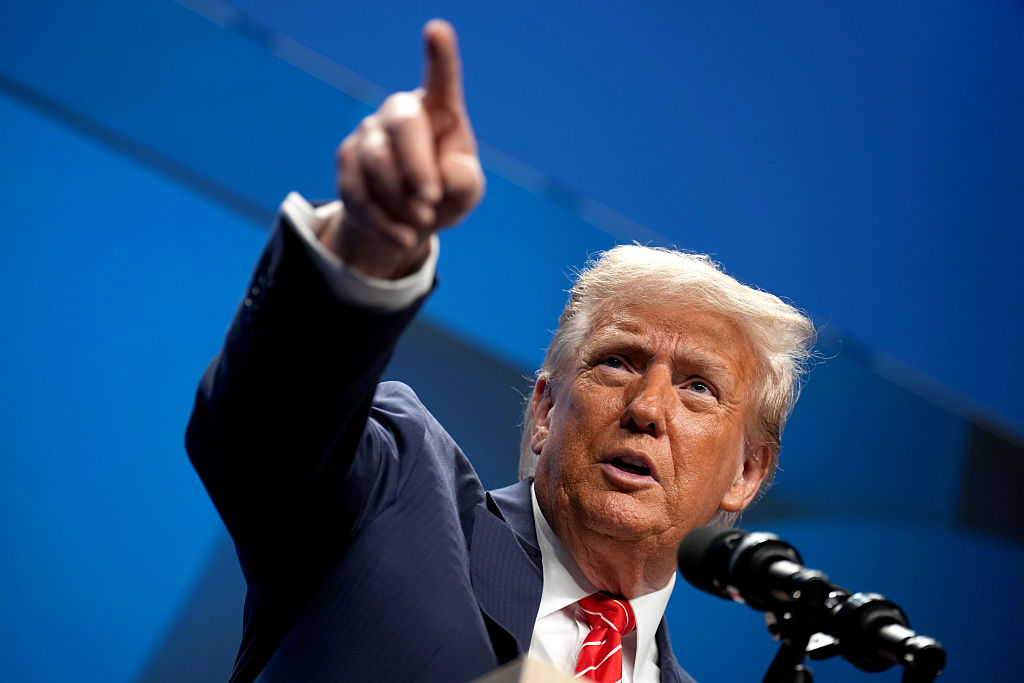
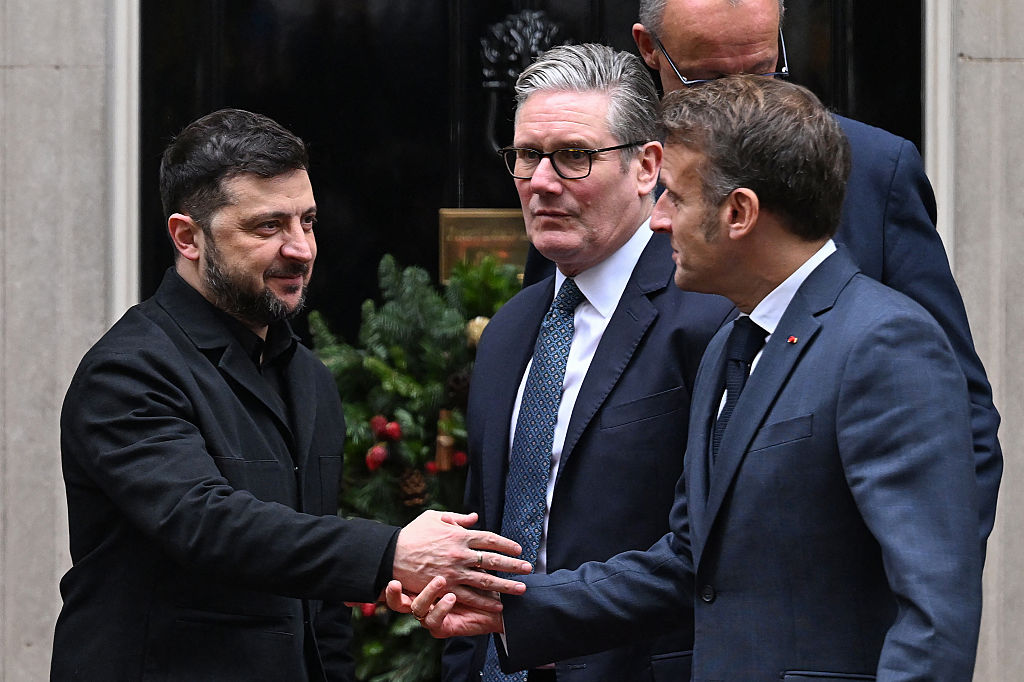
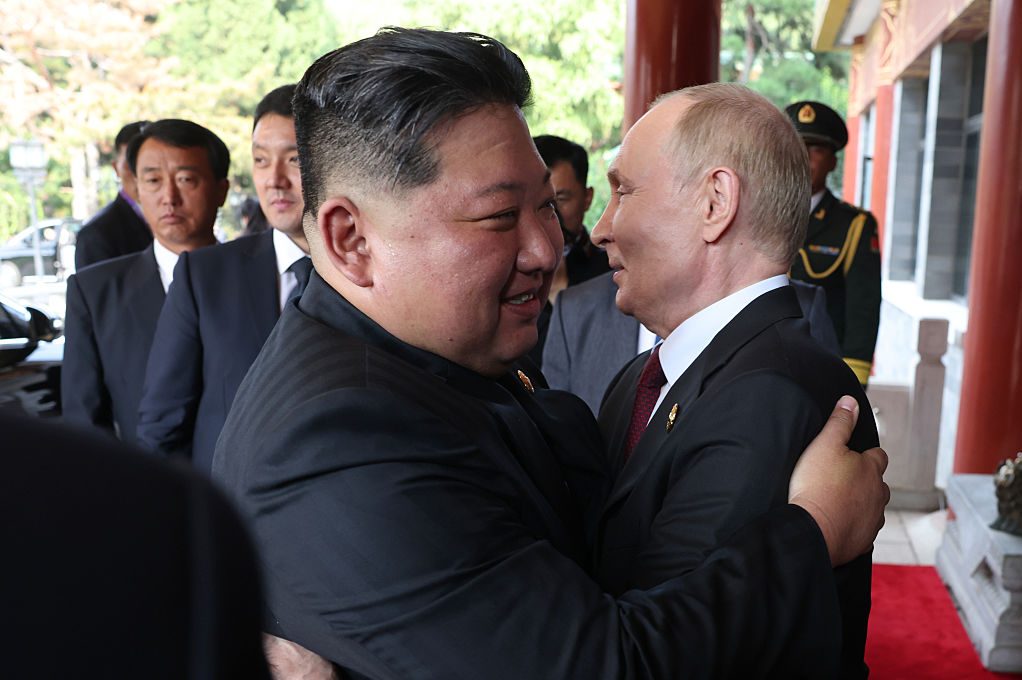
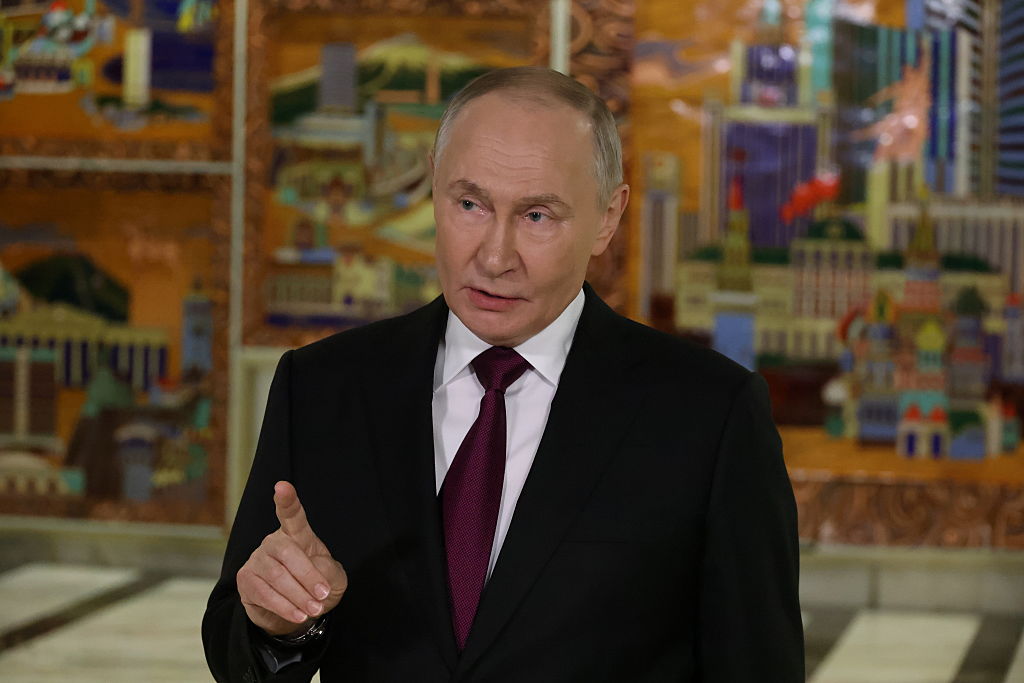
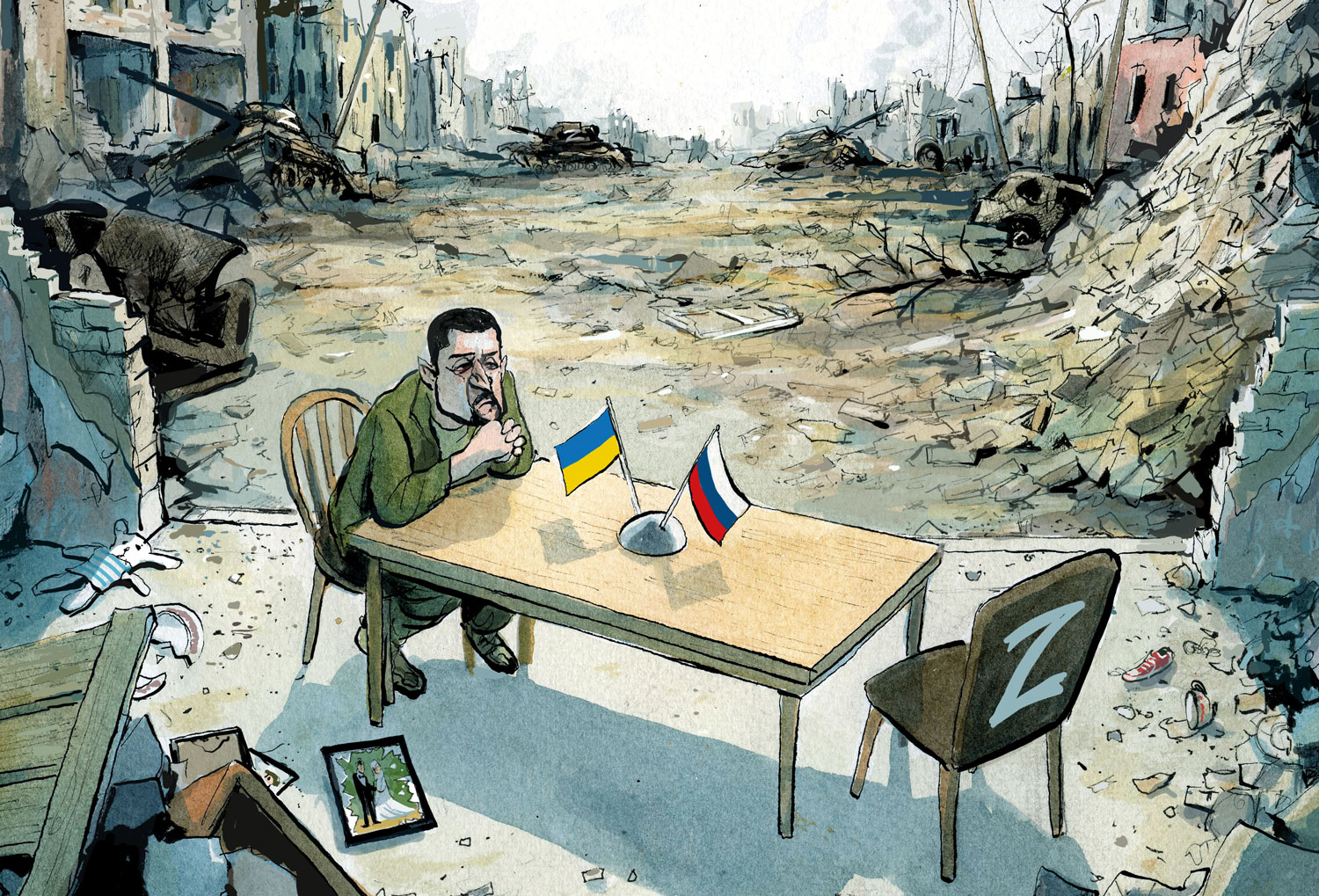







Leave a Reply